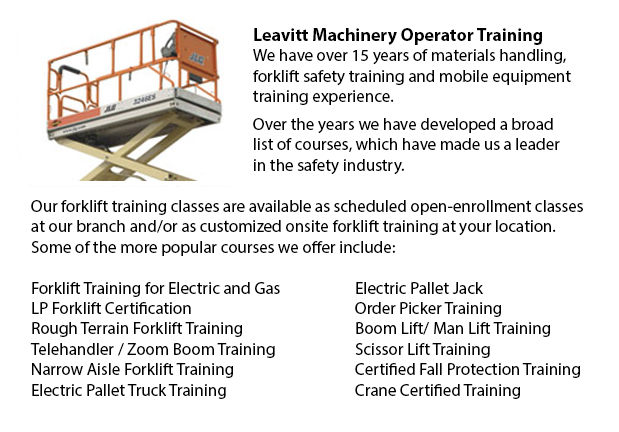
Scissor Lift License Penticton - The is an inherent risk in operating a scissor lift, because with all types and kinds of powered work tools will require correct handling to be able to avoid accidents that can result in injuries or damage. Businesses should make sure that personnel utilizing this particular machine have the required training.
Unskilled staff must not be permitted by their companies to utilize scissor lifts. The lift is designed to raise people and materials to varied heights. Failure to know and completely abide by safety standard could cause injuries for the users or damage to the lift.
There are no rules governing the use of fall protection for those who use scissor lifts. Nevertheless, manufacturers could recommend the use of fall protection and in some circumstances tying off in scissor lifts might be required by employer guidelines, local rules or job-specific risk assessment.
In order to make certain that the scissor lift is in good working order before using the equipment, the operator has to perform a thorough inspection. This is the operator's responsibility, even if the unit has already been in service that day. The operator's instruction manual of the machinery contains a checklist for pre-operation.
Examples of what to look for when doing a pre-operation inspection include checking tire-inflation pressure, and checking ground controls and controls in the platform to be able to make certain they are working. When extending or retracting the boom, watch for delayed movement on the fly section that can indicate loose cables. While operating the controls, make sure that the emergency stop switches are working. Operate functions against the equipment's cutout switches. Test the boom control system by cycling a boom lift to the furthest extent of its operating envelope. Safety limiters should automatically stop the unit before it moves into an unstable position, if they are working correctly. If they aren't, shut down the lift and ensure that it is fixed before utilizing it for a second time.
Safe and proper operating procedures should be followed always. Levers must be operated with even, controlled pressure. A control lever must never be pushed from one position to the opposite position. The lever must be shifted to neutral, prior to stopping, and after that proceeding in the desired direction. When released, levers and control switches must automatically return to the neutral position. Depress the foot switch before operating platform controls.
-
Forklift Certification Schools Penticton
Forklift Certification Schools Penticton - In North America, forklift certification is mandatory, making forklift training programs essential for both the business and their employees working as operators of forklifts. Forklift training focuses on sa... More -
Telehandler Training Courses Penticton
Telehandler Training Courses Penticton - The employer has the responsibility to make sure that their personnel are trained to work proficiently utilizing telehandler machinery. The workers have to be assessed for their ability to utilize the machine.... More -
Certified Fall Protection Training in Penticton
There are many injuries at work linked to falling and lots of fall-related deaths reported each and every year. Most of these instances might have been prevented with better training, better precautions in place, and by properly equipping employees b... More -
Zoom Boom Training Penticton
Zoom Boom Training Penticton - Zoom Boom Training is designed to train operators on variable reach forklifts. The objectives of the training are to impart an understanding of the physics of the machine, and to outline the operator's job. This course... More -
Crane Training Schools Penticton
Crane Training Schools Penticton - We have designed various Mobile Crane Operation programs at our Crane Training Schools. These programs are recommended for the experienced operator who needs re-certification or certification, and for inexperienced... More -
Aerial Lift, Boom Lift, Man Lift, Scissor Lift Training in Penticton
Lift tables or also referred to as scissor hoists can lift up both individuals and materials vertically. They are normally utilized in industrial, construction and commercial environments. Normally, the use of a scissor forklift is to lift and lower... More -
Forklift Training Program Penticton
Forklift Training Program Penticton - The forklift is a common powered industrial vehicle which is in wide use nowadays. They are occasionally known as hi los, lift trucks or jitneys. A departments store will utilize the forklift to unload and load m... More -
Overhead Crane Training Penticton
Overhead Crane Training Penticton - An overhead crane is a large crane used to move and lift huge, heavy objects that cannot be lifted by hand. An overhead crane is normally fixed in position while in use. These machines are capable of moving huge vo... More

Forklift Training Penticton
TOLL FREE: 1-888-254-6157
Penticton, British Columbia
forklifttrainingpenticton.com
Email Us
About Us


